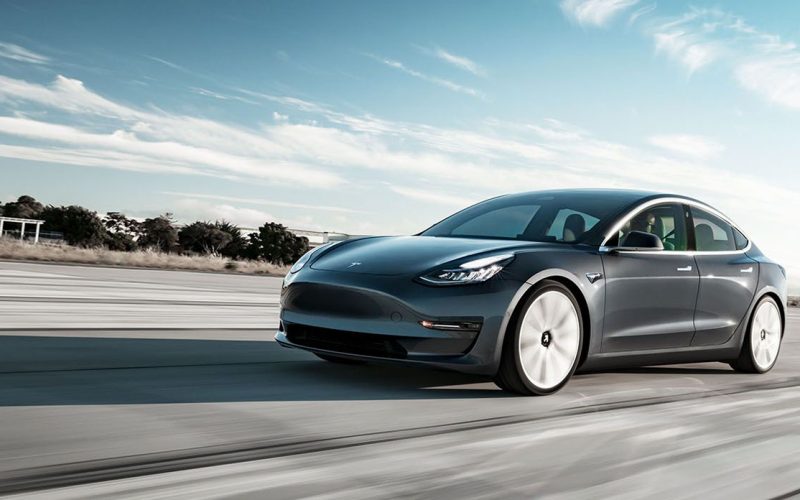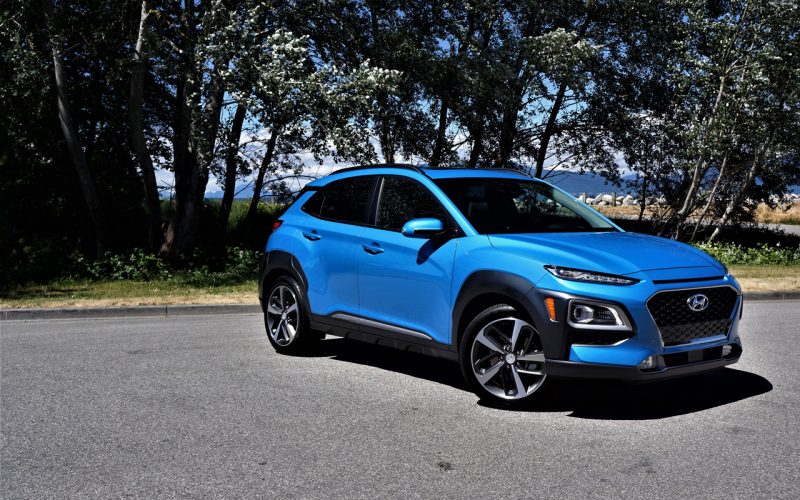
Reading Time: 6 minutesWith regular unleaded soaring over $2.00 per litre in some provinces, and expectations for even higher

Reading Time: 12 minutesIn the burgeoning subcompact SUV segment, one model stands above them all. Kia’s Kona only arrived
© 2025 The Car Magazine. All Rights Reserved, Privacy Policy | Terms of Use